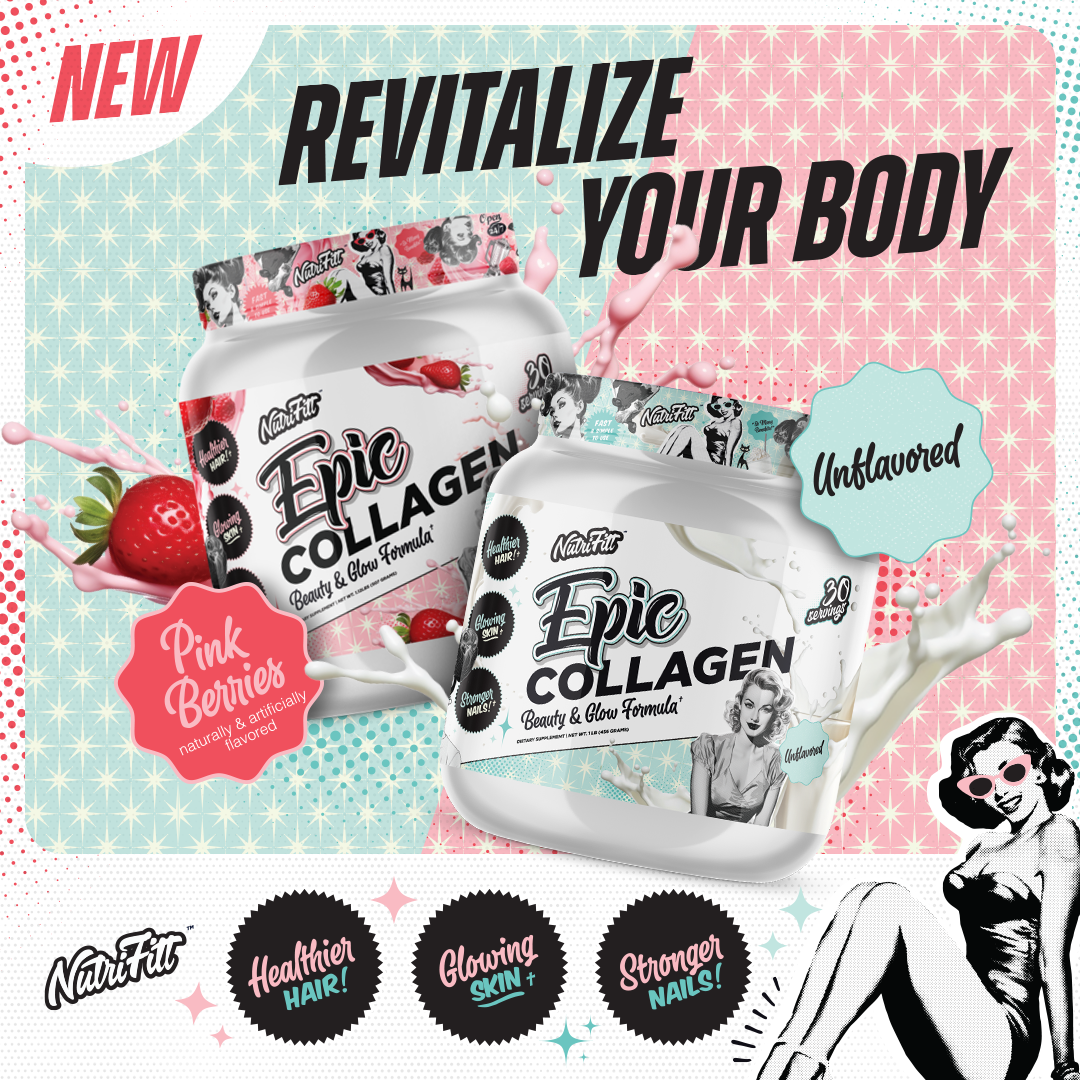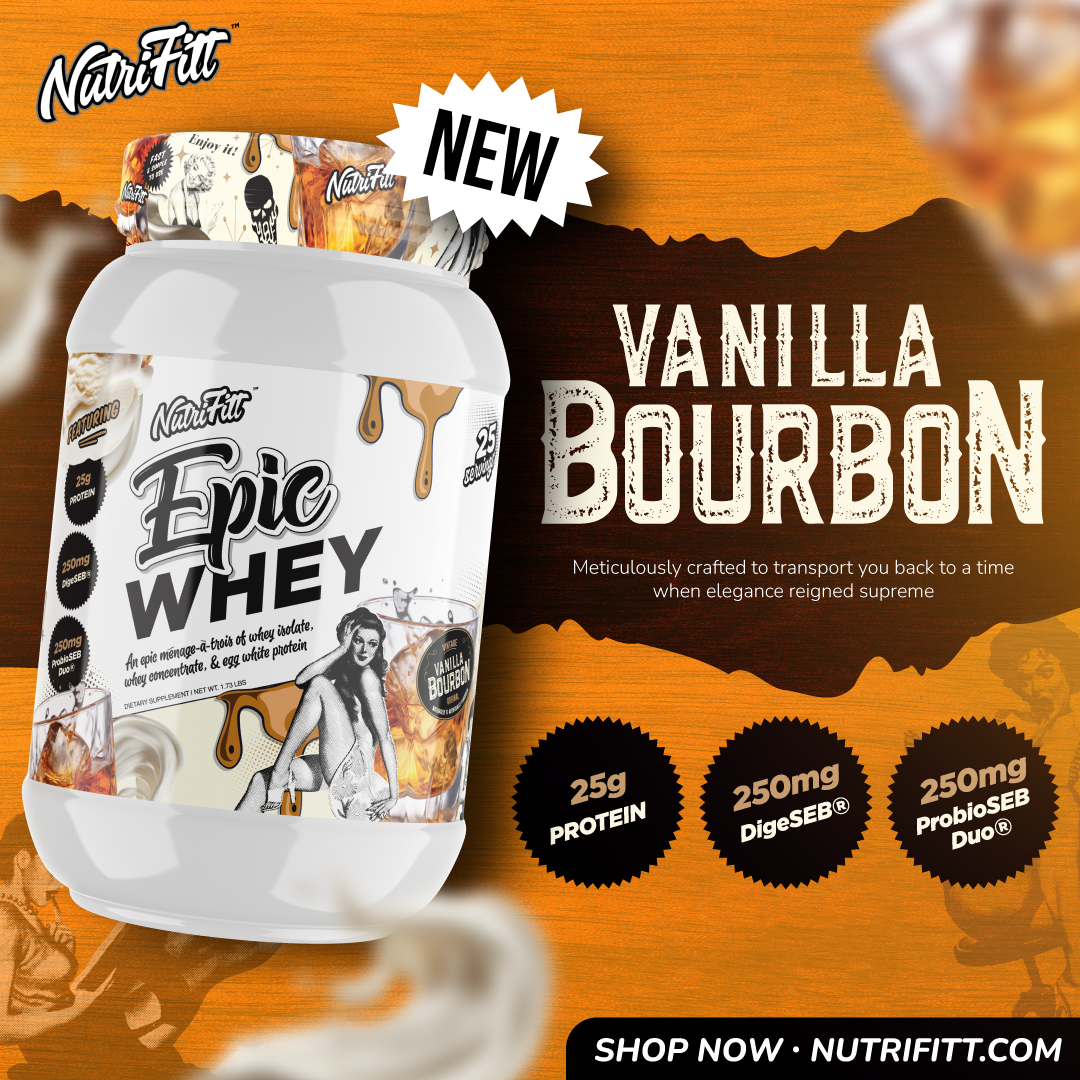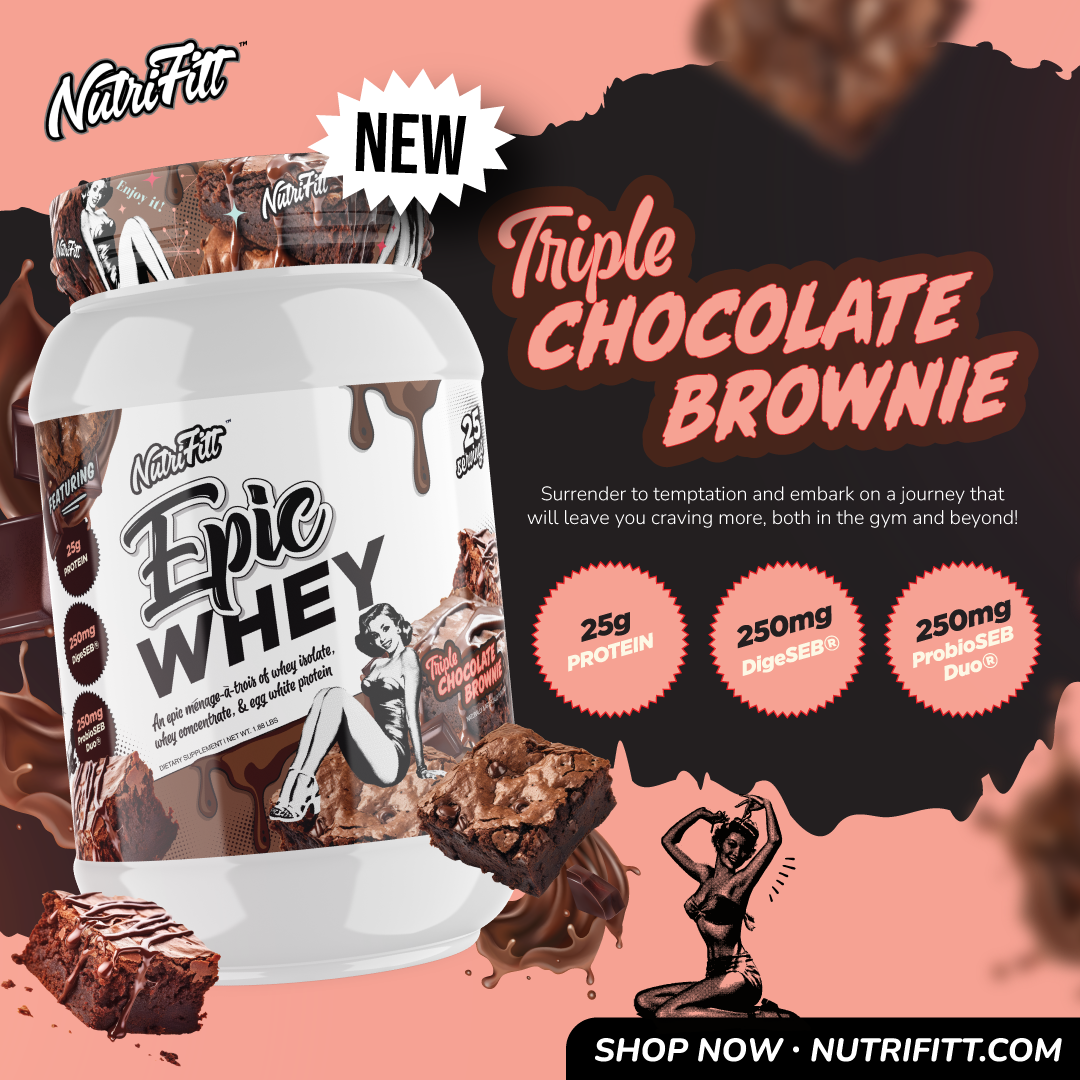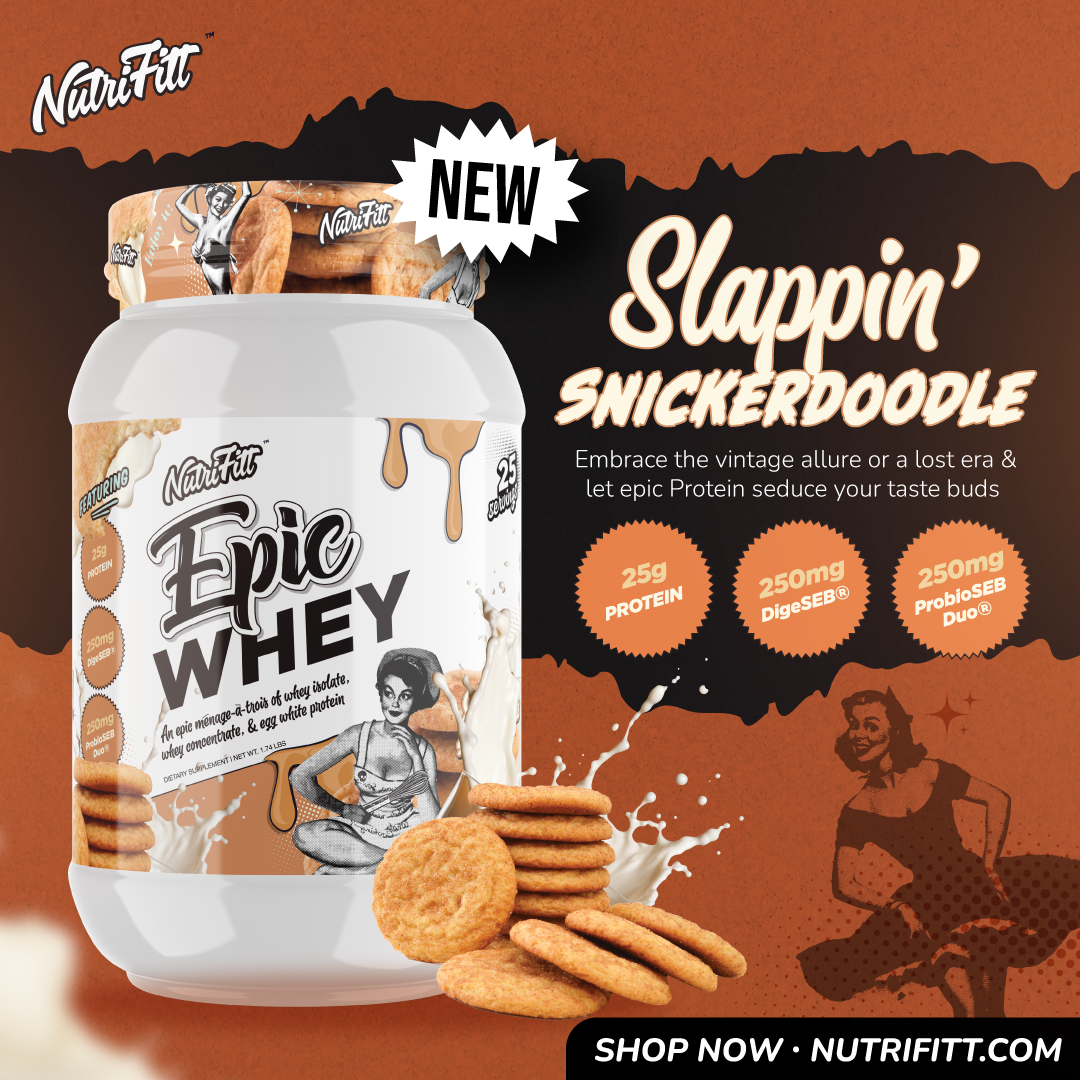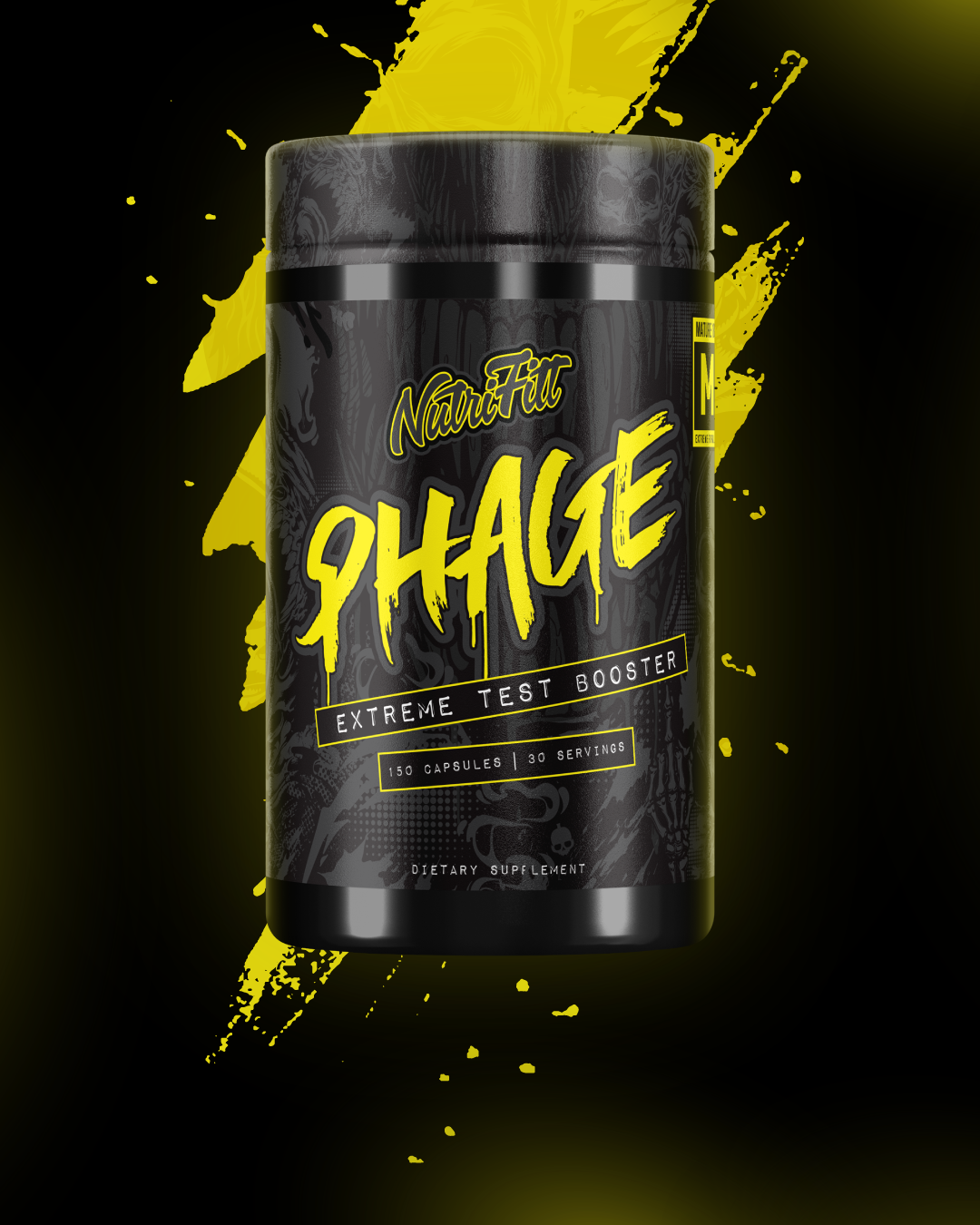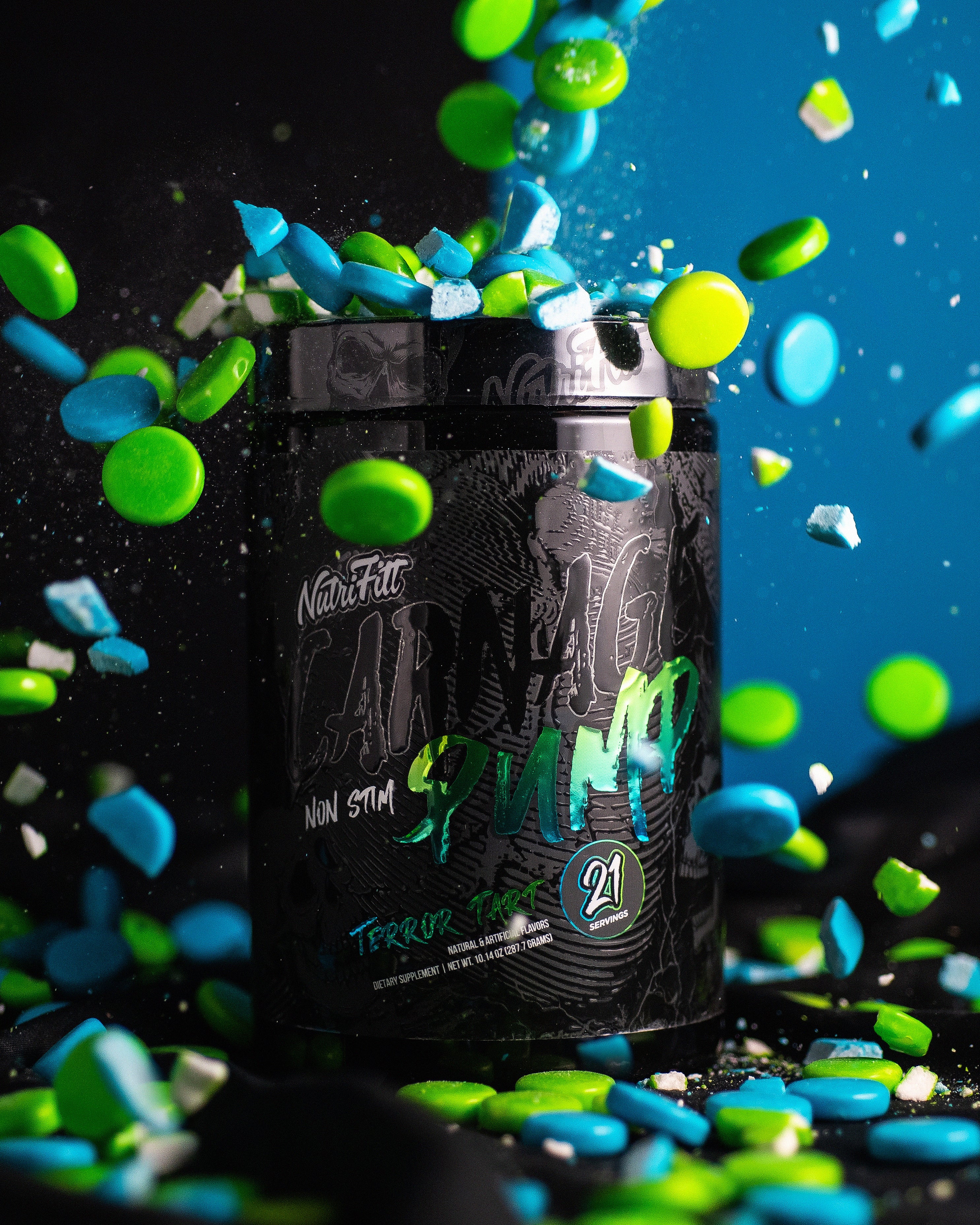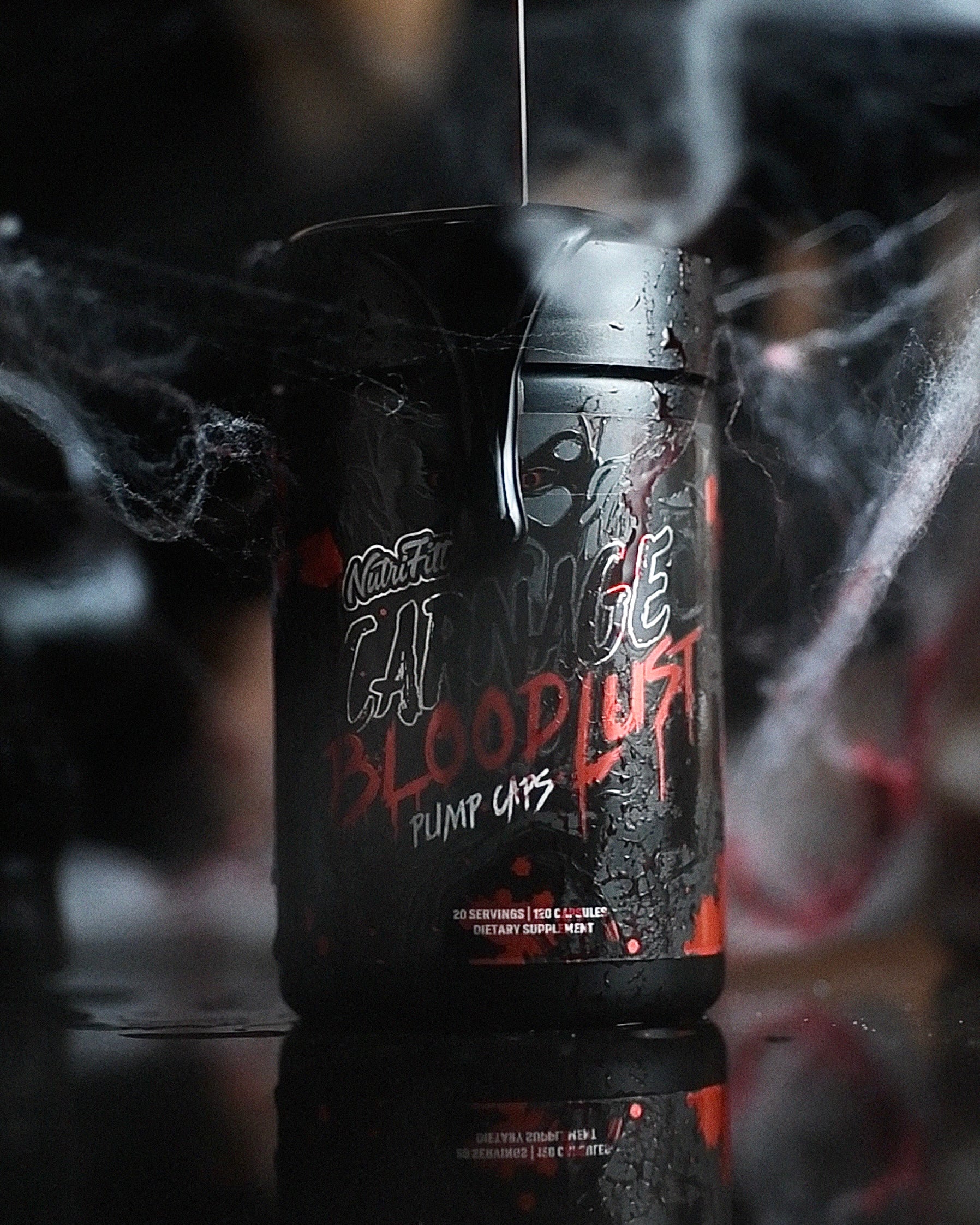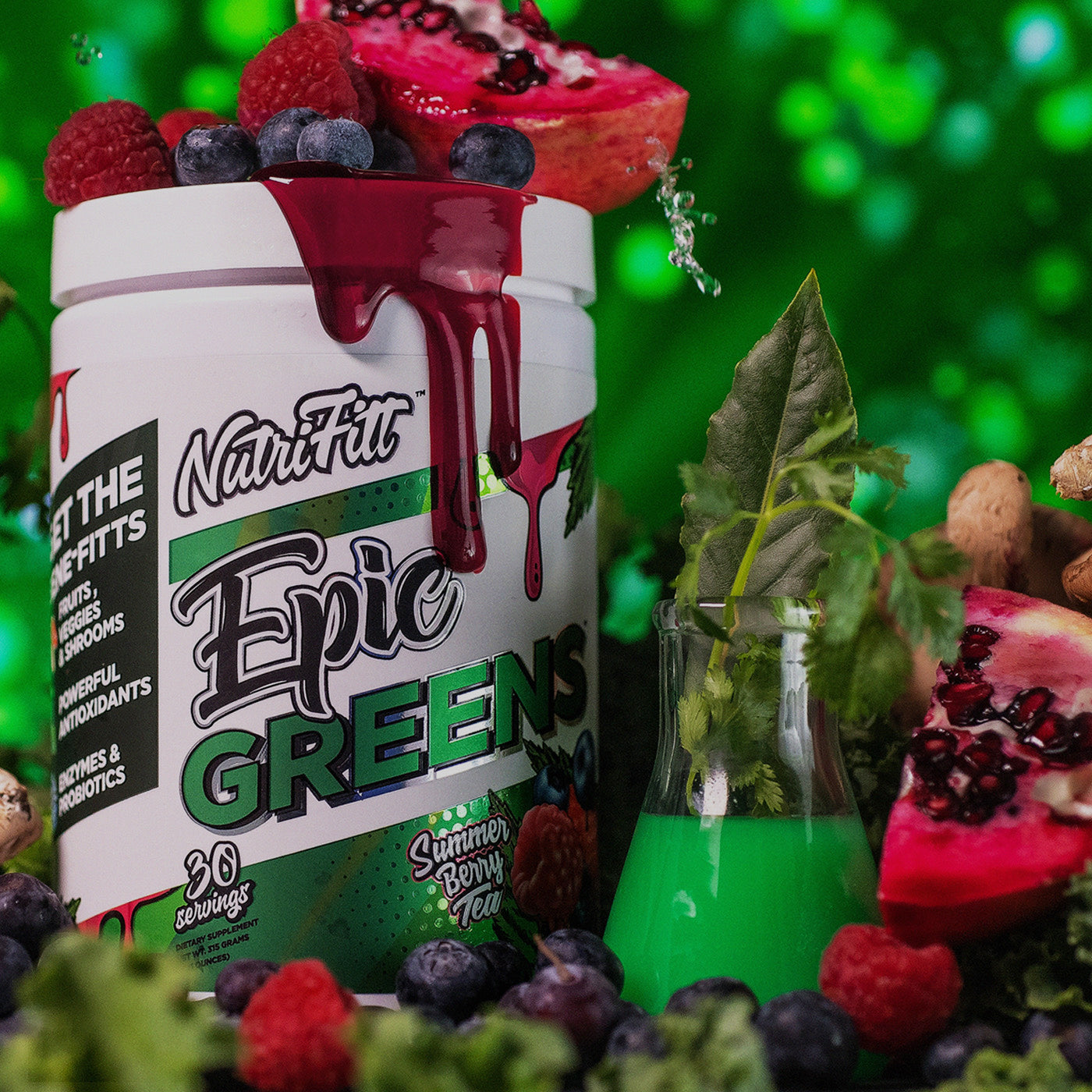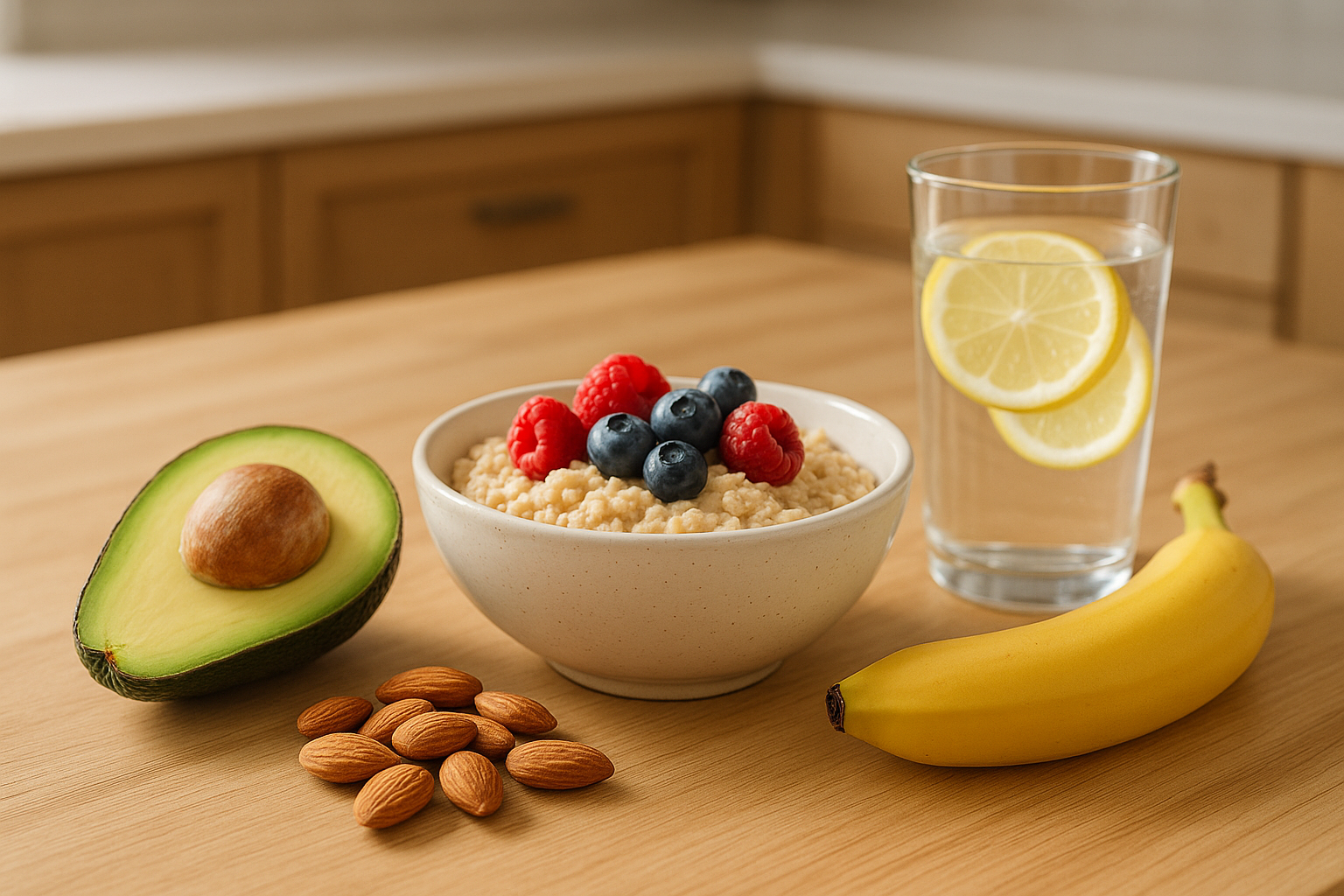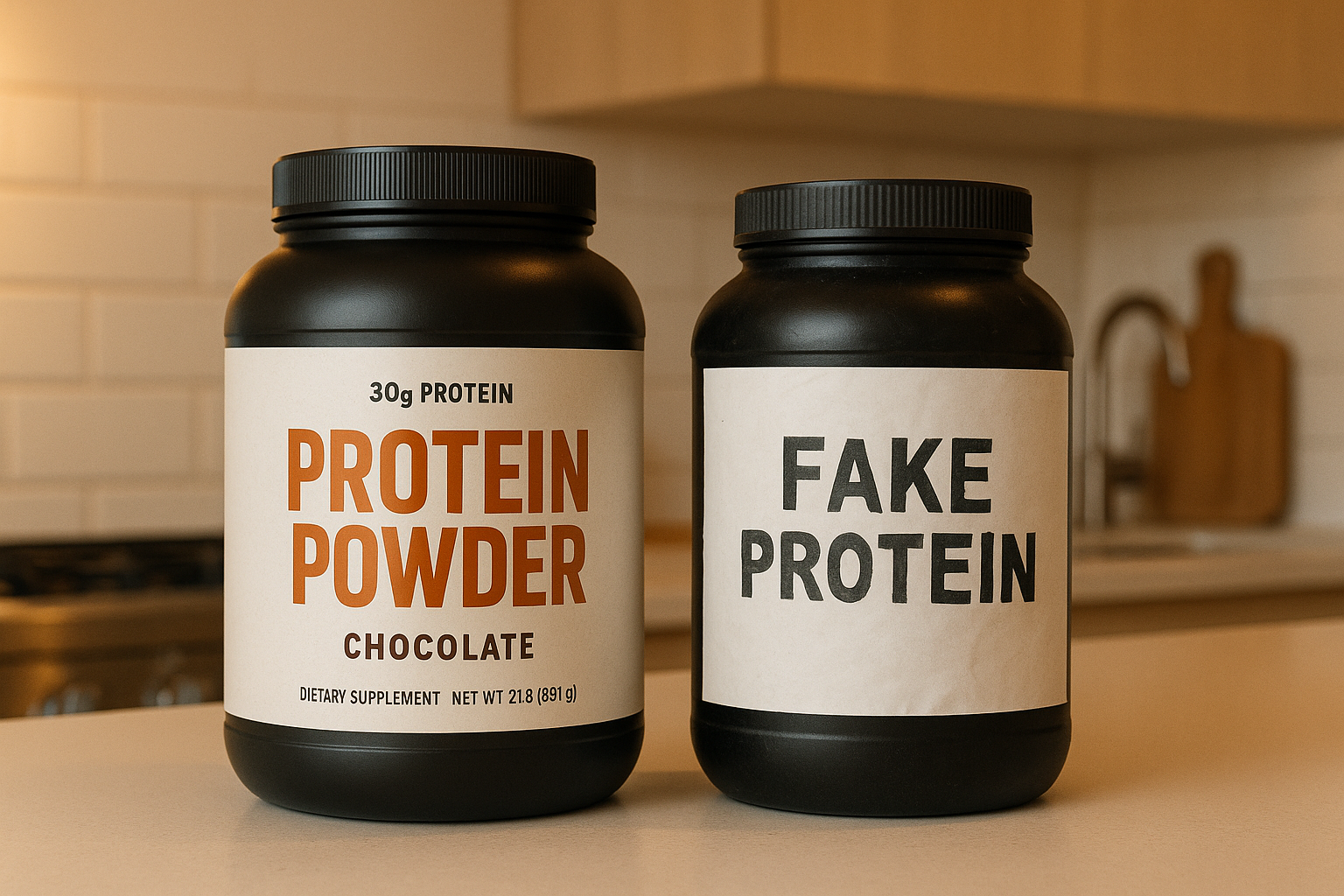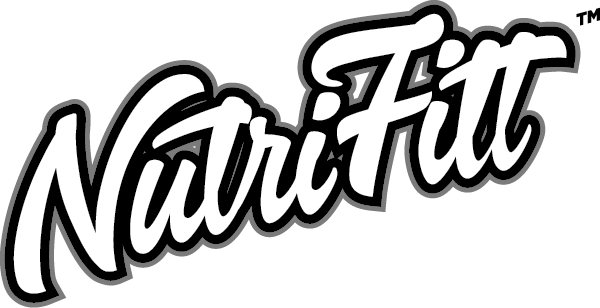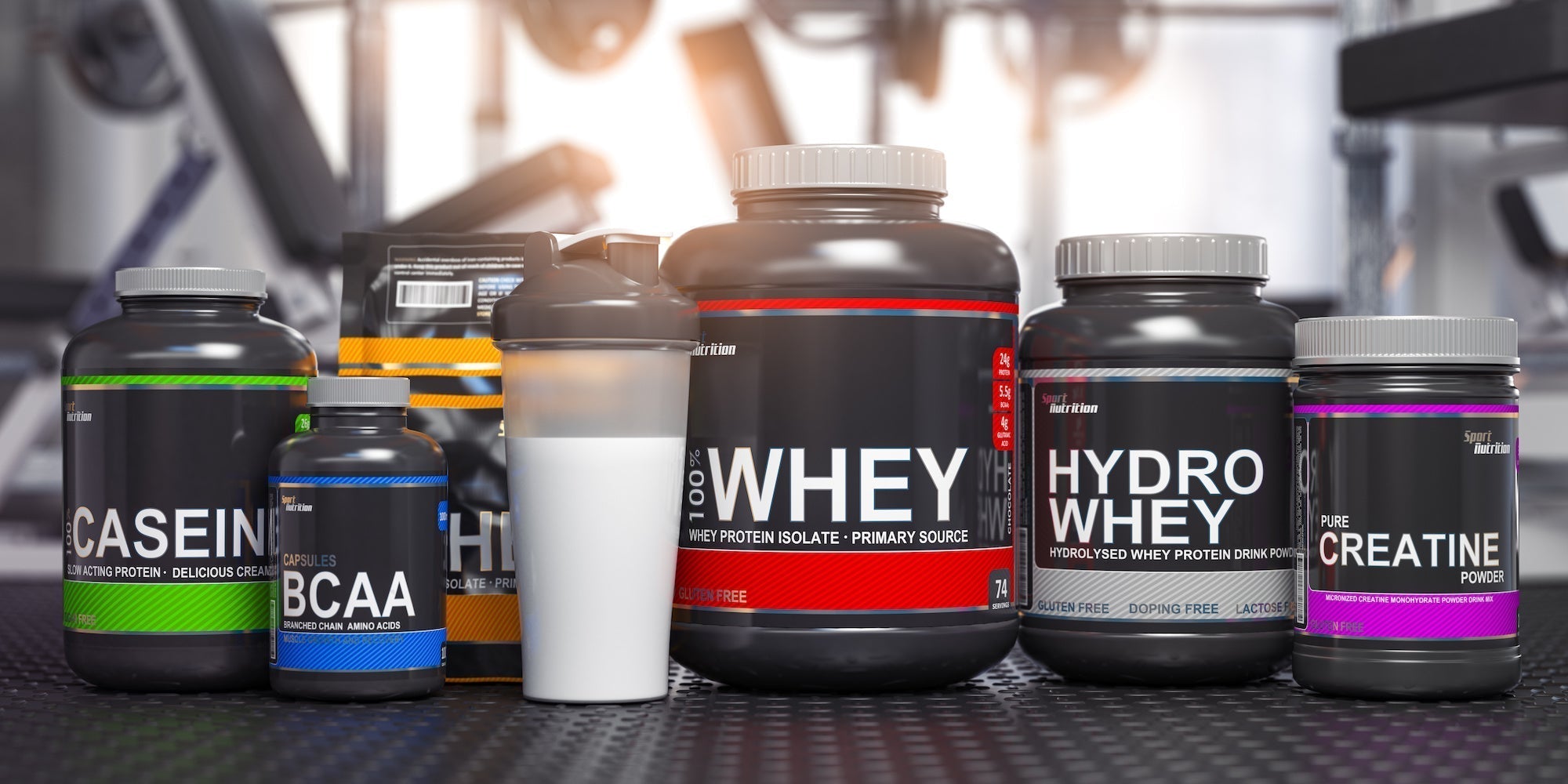
Proprietary Blends vs Transparent Labels
What's the Difference Between Propietary Blends and Transparent Labels?
When buying supplements, you’ll face two label types: transparent labels and proprietary blends. Here’s the key difference:
-
Transparent Labels list the exact amounts of each ingredient.
-
Proprietary Blends combine ingredients under a single weight, hiding individual amounts.
Quick Takeaways:
-
Transparent Labels: Easier to verify doses, compare products, and assess safety.
-
Proprietary Blends: Protects formulas but lacks transparency on dosing and safety.
| Aspect | Transparent Labels | Proprietary Blends |
|---|---|---|
| Dose Verification | Exact amounts listed | Individual amounts hidden |
| Product Comparison | Easy | Difficult |
| Safety Assessment | Clear ingredient interactions | Limited clarity |
| Cost Evaluation | Easier to assess value | Hard to determine value |
Transparent labels are gaining popularity for their openness, while proprietary blends still appeal for formula protection. Choose based on your need for clarity or trust in the brand.
Proprietary Blends: Benefits and Drawbacks
Benefits of Proprietary Blends
Proprietary blends offer several advantages for manufacturers, despite being a point of concern for consumers.
The biggest advantage is protecting intellectual property. By keeping formulations secret, companies can prevent competitors from copying their unique recipes. This protection gives brands a competitive edge and supports ongoing investment in research and innovation without the risk of immediate duplication.
Manufacturers can also tweak ingredient ratios to manage costs or deal with supply chain issues without needing to update product labels. This flexibility helps companies stay efficient while meeting market demands.
Another benefit is the marketing appeal. Creative blend names can make products stand out in a crowded market. These unique names often help justify higher prices since consumers can’t easily compare ingredient amounts with competing products.
Drawbacks of Proprietary Blends
On the flip side, the lack of transparency in proprietary blends raises concerns.
The main issue is that consumers don’t know the exact amounts of each ingredient. This makes it hard to confirm if the product contains clinically effective doses of key components.
Safety is another concern. Without clear ingredient amounts, people with allergies or those taking medications face higher risks. This lack of disclosure also makes it harder for healthcare providers to assess whether a supplement is safe for their patients.
Finally, the secrecy surrounding proprietary blends limits scientific research. Without knowing exact formulations, it’s tough to evaluate a product’s effectiveness in studies.
Proprietary Blends Summary Table
| Aspect | Benefits | Drawbacks |
|---|---|---|
| Formula Protection | Keeps formulations confidential | Prevents verification of effective doses |
| Manufacturing | Allows cost/supply adjustments | Could lead to cost-cutting without notice |
| Consumer Trust | Enhances marketing appeal | Reduces transparency and trust |
| Research Impact | Secures intellectual property | Hinders scientific validation |
| Safety Assessment | Simplifies label compliance | Complicates safety evaluations |
The October 2021 position paper highlights how proprietary blends help maintain brand identity and quality. However, the trade-off between protecting manufacturers and meeting consumer expectations remains a key factor influencing buying decisions.
Transparent Labels: Benefits and Drawbacks
Benefits of Transparent Labels
Transparent labels tackle the issues tied to proprietary blends by focusing on openness and clarity.
One major advantage is dose verification. This allows consumers to check ingredient levels against clinical standards, making it easier to assess safety when combining supplements.
Another key benefit is building trust. By openly sharing ingredient details, brands can show their commitment to quality, which helps strengthen customer loyalty [3]. In competitive markets, this transparency can set brands apart and even support higher pricing.
Transparent labels also support independent research. Researchers can more easily analyze supplement formulas, paving the way for evidence-based improvements. Certifications from third-party organizations and published studies further boost credibility.
Drawbacks of Transparent Labels
Despite their advantages, transparent labels come with challenges for brands and manufacturers.
One of the biggest hurdles is higher production costs. Using clinically effective doses of quality ingredients often requires more investment, which can shrink profit margins or lead to higher retail prices.
Another issue is formula exposure. When exact ingredient amounts are disclosed, competitors can more easily replicate successful products. While this benefits consumers, it can reduce a brand's competitive edge.
Brands also face the challenge of educating consumers. Explaining the benefits of specific ingredients and their dosages often requires additional resources.
These challenges explain why some companies continue to rely on proprietary blends, even as demand for transparency grows.
Transparent Labels Summary Table
| Aspect | Benefits | Drawbacks |
|---|---|---|
| Consumer Trust | Builds confidence through full disclosure | Requires ongoing consumer education |
| Product Quality | Ensures accountability for ingredient amounts | Increases production costs |
| Market Position | Supports premium pricing strategies | Risks formula copying by competitors |
| Research Impact | Enables scientific validation | May limit formulation flexibility |
| Safety Monitoring | Facilitates accurate adverse event reporting | Creates higher compliance burden |
Transparent labeling is reshaping the supplement industry, aligning with the goals of DSHEA for honest labeling. Brands like NutriFitt are leading the way, using full disclosure to stand out in the market. As consumer demand for transparency continues to rise, more companies are adopting this approach, even with its challenges. This trend reflects a growing preference for products that are both validated and source-transparent.
What Are Proprietary Blends
sbb-itb-7567710
Although transparent labeling is gaining popularity, many brands still stick to proprietary blends in major product categories.
Common Proprietary Blend Uses
Proprietary blends are still widely used across the supplement industry. For instance, pre-workouts like FitFuel's "Explosive Energy" and nootropics such as CognitivePlus's "BrainBoost Pro" rely on these blends despite the push for more transparency. These examples highlight the safety concerns mentioned earlier, particularly regarding undisclosed stimulant amounts in pre-workouts.
Pre-workout supplements often feature proprietary formulations. A typical example includes "Energy Matrix" blends with a total of 5,700mg, but without revealing the specific amounts of each ingredient. Similarly, nootropics and weight loss products frequently use proprietary complexes like the "Cognitive Enhancement Complex", which is listed at 800mg but lacks further detail.
While 90% of protein powders now use transparent labels, pre-workouts and nootropics are still split between transparency and proprietary blends. This divide underscores the ongoing debate between protecting formulas and offering consumers clearer information.
Choosing Between Label Types
When deciding on the right label type for your supplements, it’s all about aligning your needs with the advantages of each format. Let’s break it down:
Best Uses for Proprietary Blends
Proprietary blends are ideal for those who value unique formulations and trust established brands, like the ones highlighted in Market Examples. These blends are especially useful when you're looking for:
-
Multi-ingredient formulas from trusted sources
-
A focus on how ingredients work together rather than individual doses
-
Cost-effective options for complex supplement stacks
If you're new to supplements, choosing proprietary blends from reputable companies offering clinically tested combinations can be a smart starting point.
Best Uses for Transparent Labels
Transparent labels, as exemplified by brands like NutriFitt, are perfect for users who need precise dosing information. Here’s when they’re especially helpful:
| When You Need | Why Transparent Labels Work |
|---|---|
| Compliance with competition rules | Exact dosing details |
| Managing medications | Clear ingredient lists for interaction checks |
| Avoiding allergens | Full ingredient disclosure |
This type of labeling is particularly suited for:
-
Single-ingredient products like creatine or whey protein
-
Supplements aimed at enhancing performance
Transparent labels are becoming the go-to choice in categories where safety and accuracy are top priorities. For individuals managing medical conditions or specific dietary restrictions, these labels make it easier to calculate nutrients and use supplements more safely.
Final Recommendations
After weighing the pros and cons discussed in this article, here are some practical guidelines to help you decide:
Opt for Transparent Labels When:
-
Competing in sports where supplement verification is required.
-
Monitoring precise nutrient intake.
-
Ensuring ingredients meet effective dosing standards.
Lean Toward Proprietary Blends When:
-
Using formulas backed by published research.
-
Looking for pre-workout ingredient combinations.
-
Choosing products with trusted third-party certifications.
If you go with proprietary blends, choose brands certified by organizations like NSF or USP to confirm safety and ensure the blend’s accuracy. Transparent labels, on the other hand, make it easier to compare doses against clinical guidelines.
As noted earlier, transparent labeling is becoming the go-to choice for many consumers, while proprietary blends serve more specific needs.
Lastly, always consult a healthcare professional before starting any new supplement, especially if you have existing health conditions or take medications.
FAQs
How can you tell if a supplement contains a proprietary blend?
Check the label for a group of ingredients listed under a unique name, with only the total weight provided. For example, it might say: "FocusBlend™ (500mg): Caffeine, Taurine". By law, ingredients must be listed in descending order of weight, as required by FDA regulations.
Why are proprietary blends in supplements a concern?
The main issue is the lack of transparency. Without specific ingredient amounts, it's hard to verify dosages, assess safety, or compare the product's value. Experts often recommend opting for third-party verified products to address these concerns.
Are proprietary blends legal?
Yes, proprietary blends are legal in the U.S. as long as ingredients are listed in descending order by weight and the total amount of the blend is disclosed, per FDA regulations.
Are transparent labels always better than proprietary blends?
Not necessarily. Transparent labels provide clarity and build trust, but proprietary blends can still be effective—especially when used by reputable brands with research-backed formulas.
What are the risks of using a proprietary blend supplement?
The main risks include potential underdosing of key ingredients, unknown interactions with medications, and difficulty identifying allergens due to lack of specific ingredient amounts.
